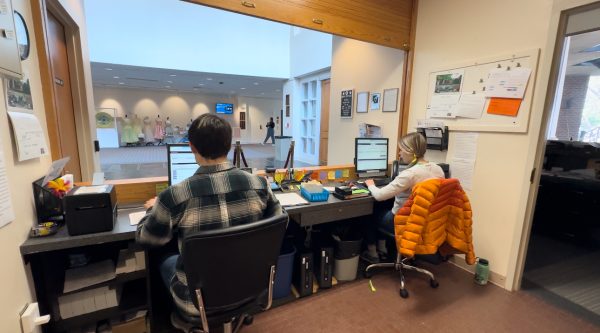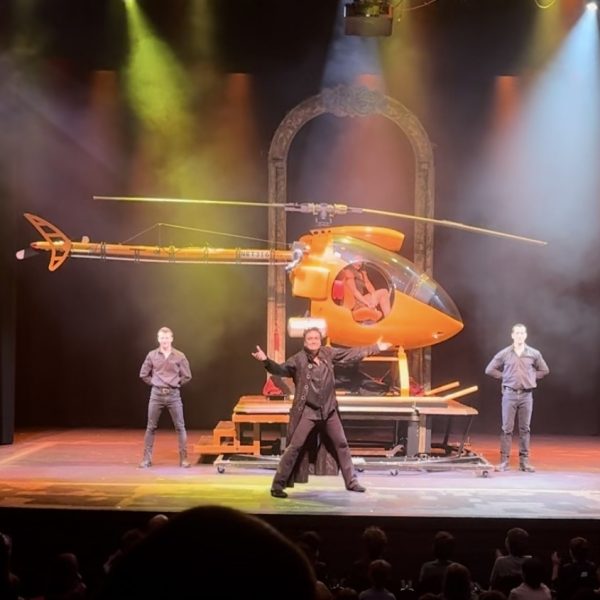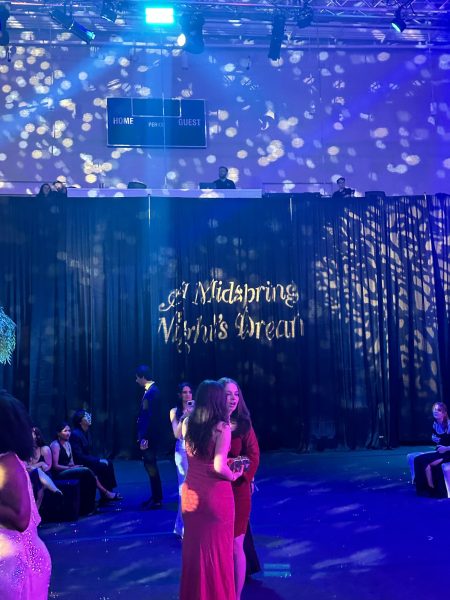Hobbs and Radulescu speak on the woman’s changing place in the world of art
Virtual panelists from the university’s museums share insight on the history of women in art
April 13, 2021
In a virtual talk April 7, panelists from Washington and Lee’s museums discussed the ways that the woman’s place in art is changing.
“Women [are] being repositioned in the history of art,” said Patricia Hobbs, senior curator of art at the university.
Economics plays a role in the way female artists of the past are viewed, the panelists said.
“Women’s work is far less expensive,” Hobbs said. “That is a crass reason for some new attention to both women artists and artists of color.”
However, Hobbs said she sees the results of this re-evaluation as positive.
“This [is] paving the way for new generations and new ideas, I think that time just changes perspectives,” she said.
However, Domnica Radulescu, professor of comparative literature, who joined Hobbs on the panel, feels that change is happening too slowly.
“Gender equality has advanced so slowly,” she said. “We had a vaccine in 10 months and yet women are still being murdered in acts of domestic violence. That hasn’t stopped.”
Radulescu discussed women in the performing arts and the strategies that they employ.
“I think that shock strategies through performance are still very much valid,” she said. “The purpose of a lot of feminist performance is precisely to shake [the audience] up, speak to the converted and the non-converted…Irony and comedy and theatrical representation reach places in the audience’s conscious and subconscious minds that a lecture might not.”
Both panelists spoke of the ways in which they hoped art would change to become more inclusive.
“Until the world is equal, until the works of women artists are entirely recognized for their value, I think we do need to bring out gender as an important aspect,” Radulescu said. “Precisely because the works of women creators have been so diminished ,have been made to disappear for centuries and millennia, it is part of the process of bringing it to the same footing as the works of men…That is why we have to always add, to have special histories, special, special courses to bring those who have been buried under oblivion to the surface.”
In her work as a museum curator, Hobbs said she is taking steps to make Washington and Lee’s collections more representative.
“That’s why I’m going through the collection with a fine-tooth comb, to see what’s there and most importantly, who is not,” Hobbs said. “It’s part of the collection planning process. It’s not just women, it’s artists of color as well.”












